HymoPack is a leading North American manufacturer of many types of plastic shopping bags including t-shirt bags (known for the shape of the bag), merchandise bags and can liners based in Canada. Their customers include major retail, restaurant and soft goods brands as well as major cleaning and hygiene services companies and products distributors.
The plastic shopping bag industry is extremely competitive and to preserve their dominant market position HymoPack invests in the latest technologies to maintain product quality while responding to the intense price pressure of their core markets.
To make their products, HymoPack extrudes very thin plastic sheets which are trimmed and formed into various bag geometries. This process generates a considerable amount of internal waste scrap.
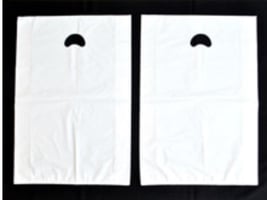
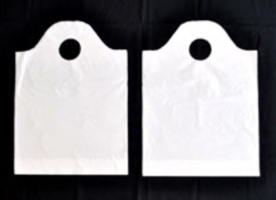
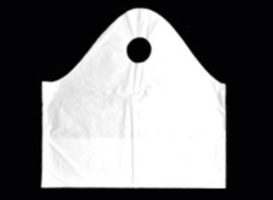
Standard Bag Geometries - Courtesy HymoPack
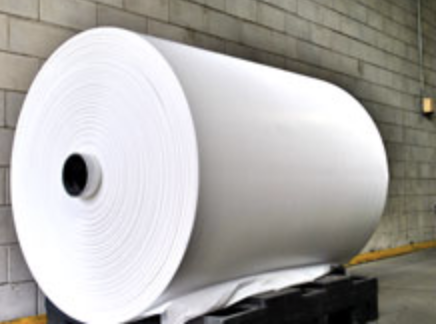
Post-Industrial Plastic Sheet
HymoPack realized about 15 years ago that the ability to recover this scrap and re-use it (post-industrial plastic recycling) would improve their competitive position by lowering overall product costs as well as improve their sustainability footprint.
What is Post-Industrial Plastic?
Plastic scrap that is generated as waste from an industrial process is called ‘post-industrial plastic’. Reprocessing post-industrial plastic internally is sometimes called ‘in-house recycling’.
Post-industrial plastic differs from post-consumer plastic in several important ways:
- Because of consumer behavior, post-consumer plastic is a mix of a wide variety of plastics that needs to be sorted into recyclables and non-recyclables.
- The recyclable plastics then need to be sorted into types, such as Polyethylene Terephthalate (PET), High-Density Polyethylene (HDPE or PE-HD), Polyvinyl Chloride (PVC or V), Low-Density Polyethylene (LDPE or PE-LD), Polypropylene (PP) and others.
- Even plastics that are sorted into consistent types may have variances in plastic composition as there are different types of resins used by various plastics products manufacturers.
- Post-consumer plastics need to be cleaned of debris and contamination enough that the quality of the reprocessed output can be used to make new products.
When recycling post-industrial plastics however, manufacturers have the advantage that the input resin type is known and controllable. Post-industrial plastics are also in a pre-contamination state, making the process of recycling back to useable high-quality plastic pellets simpler.
HymoPack foresaw the opportunity to produce value from their post-industrial plastic scrap and evaluated sending their scrap out to others for re-processing or adopting in-house plastic recycling technology.
“When we looked at possible technology partners for our post-industrial plastic recycling program, we found that there are lots of people that provide it, but only a few that do it well” says Gerry Maldoff, CEO of HymoPack. “EREMA provides the most progressive state of the art recycling technology and has an excellent reputation for reliability and service”.
As part of their investigation, HymoPack visited sites where existing post-industrial plastic recycling was taking place. Based upon these visits they determined that EREMA was the right partner for them. “We’ve operated for 15 years now with virtually no issues” says Gerry. “The machines have produced at, or over, the promised production rates. They’re reliable and the cost of maintenance is low. An advantage of working with EREMA is that as they’ve advanced the art of plastics recycling technology, we’ve been able to upgrade our existing machine to take advantage of their advancements”.
HymoPack’s in-house post-industrial plastic recycling program keeps their costs low and enables them to produce products such as can-liners with a very high percentage of recycled input materials.
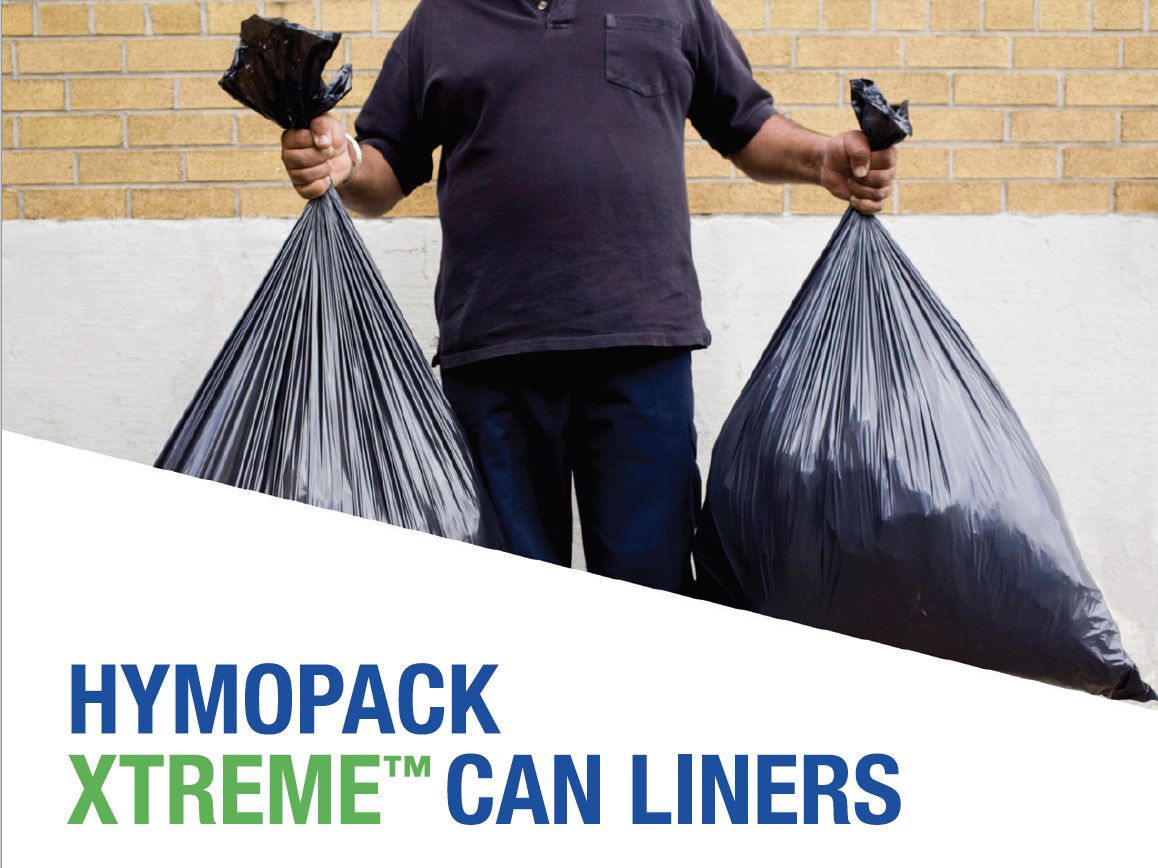
Example of Post-Industrial Plastic End Product
They use a Vecoplan shredder with an EREMA 1714TVE system.
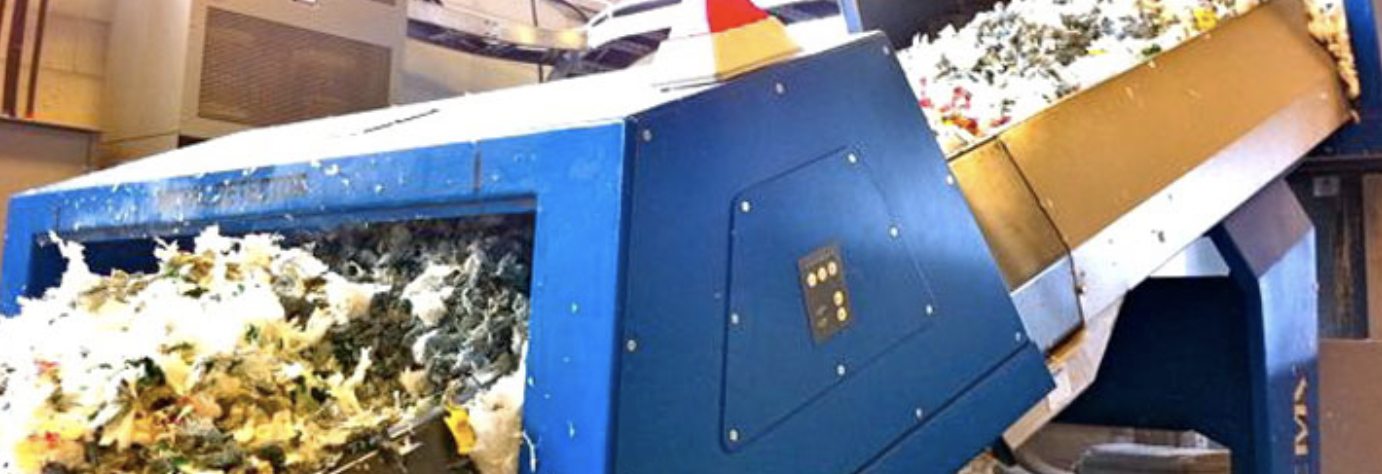
“EREMA in-house recycling technology allows us to remain the leader in our market while meeting our circular economy goals” says Gerry.
While the general public isn’t all that aware of the potential for post-industrial plastic recycling, it actually represents an immense opportunity to divert usable plastics from landfills while enabling cost and energy savings for plastics products producers.















